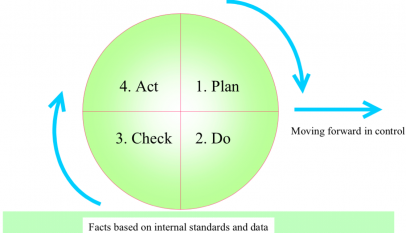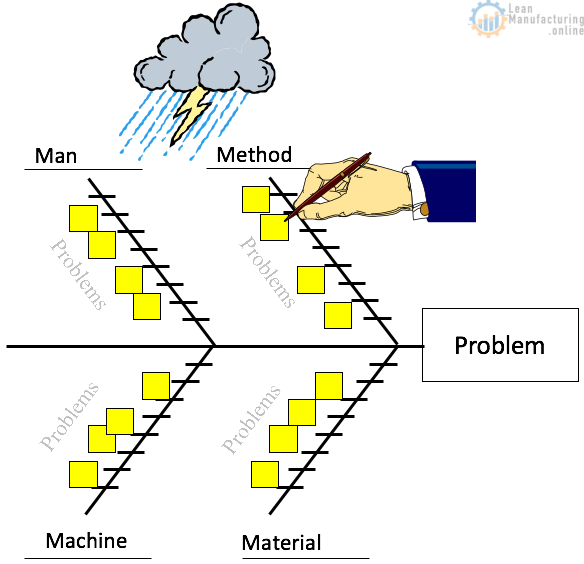Quality improvement refers to finding and implementing improvements that will result in better outcomes, more effective procedures, and increased customer satisfaction. A popular strategy for quality improvement that concentrates on improving specific projects or initiatives is called “project-by-project improvement.” Setting goals and objectives, defining the project’s scope, recognizing potential risks and difficulties, and then applying procedures, tools, and strategies to achieve the goals are all part of this strategy.
The ability for businesses to concentrate their attention on specific areas that require development, to prioritize their resources, and to track their progress and performance makes project-by-project improvement one of the most effective ways to promote quality improvement. Project-by-project improvement has several significant advantages, including:
- Focus: By concentrating their resources and efforts on the areas with the most significant impact, organizations can do so by focusing on particular projects.
- Prioritization: Organizations can order their efforts and resources by selecting the most crucial and significant initiatives.
- Improved customer satisfaction: Organizations can produce more significant results and improve customer satisfaction by concentrating on specific areas of development.
- Measurable results: Project-by-project improvement enables companies to monitor and quantify their progress to assess the outcomes of their work and change their tactics as necessary.
In short, project-by-project improvement can be a very successful quality improvement method, especially when incorporated into a more extensive quality management program. Organizations can identify areas for development, make changes, and continuously monitor and assess their progress by employing an organized, systematic, and data-driven strategy to achieve long-term success.














